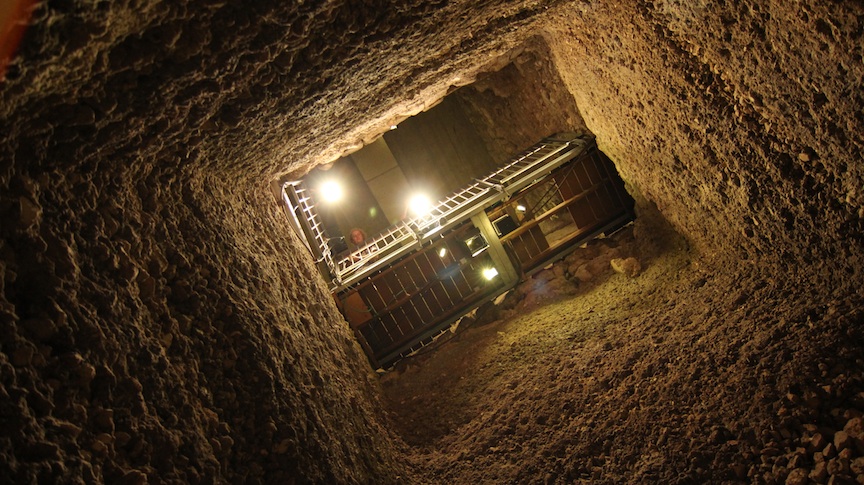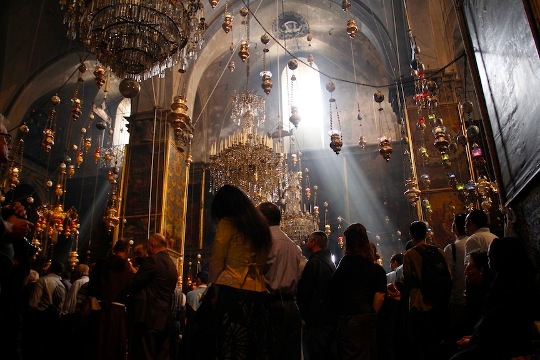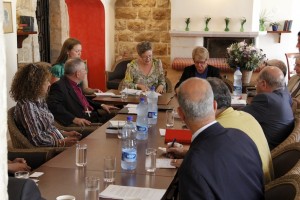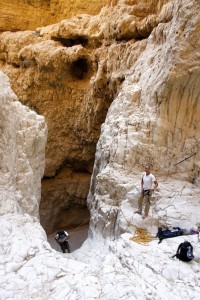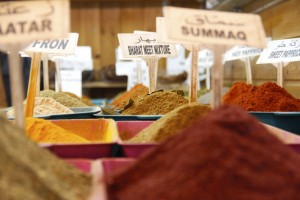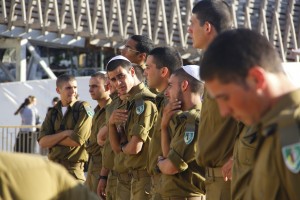The Red and the Blue
In the fall of 2011 while I criss-crossed the United States in my Subaru, I listened to 36 hours of the MIT 900 Cognitive Psychology lectures. While a number of facts and figures astounded me, what captured my attention most was the repeating pattern of the innate human desire to be defined by shared beliefs, practices, and aspirations.
The lectures covered the standard, historic review of psychology breakthroughs, from behaviourist B.F. Skinner’s Operant Conditioning Chamber (the “Skinner Box”) to the startling conclusions of volunteer invoked shock therapy under the subtle suggestion by an authority.
In a controlled study people were randomly divided into two groups, the red and the blue. They were told the colour to which they were assigned was their group identity. A small reward system of nominal monetary value (if I recall correctly) was applied, to instill real-world value. Then they were moved to debate, to defend their colour identity.
In very little time at all, two newly formed groups went from relatively light, playful interaction to a very real, intense exchange which resulted in group pride and subsequent defence, raised voices, and aggression. Humanity found its way to the surface and defended something as basic as a colour which would have otherwise invoked no more than a response to aesthetics.
It takes only a small cognitive leap to ask the bigger questions. When families are forced from their homes, uprooted for generations as they move across the land (I speak of any people who have been forced from their homes, Ancient Hebrews, Palestinians, Christians, Muslims, and Jews) in search of safety, what happens to their sense of identity and associated defence? Does it not speak volumes to see it as completely human for those oppressed to defend themselves with their lives, for the oppressed to become the oppressor, and for any number of incredibly challenging interactions to ripple for decades, even generations after the initial tragedy unfolds?
What’s more, How do we hold ourselves together when our identity is challenged for generations?
Finding Comfort in the Familiar
When hiking with Daniel and Haim, we discussed the laws and rituals by which one’s religion asks us to live—from clothing to food preparation to prayer. As I had come to understand, some of the Biblical rules were applied as a means by which the ancients could be encouraged to maintain healthy habits, from food preparation to social norms.
Haim jumped in quickly to state it was much more than this. Ritual, he suggested, is a means of creating comfort, of embodying same-ness. In following the traditions of clothing, food preparation, and prayer, ritual gives us comfort in knowing we belong to others like us. “If you want to know your daughter will marry into a family, a home and traditions familiar to you, those rituals say to both families, ‘This is safe. We are like you.‘”
But something happens along the way, as pride in red becomes defence against blue. Those definitions of sameness become a barrier to ethnicity, beliefs, and social norms which cause us to not feel welcomed by them. Xenophobia is again portrayed as fundamental to humanity and we are confronted with fear expressed as anger between the Jews, Christians, and Muslims, the Democrats and the Republicans, the East and the West, the Developed and Developing, the Crypts and the Bloods—the red and the blue.
While this is a deliberate understatement of the complexity of the human experience, to understand some basic concepts, how our behaviour is rooted (and how easily it is invoked) helps me to recognize my own behaviour as I move through the world and to have greater tolerance for others. I am trying to take into account the historical context of where I now live, and how both “sides” of a conflict are at some, basic level defending red in fear of blue.
